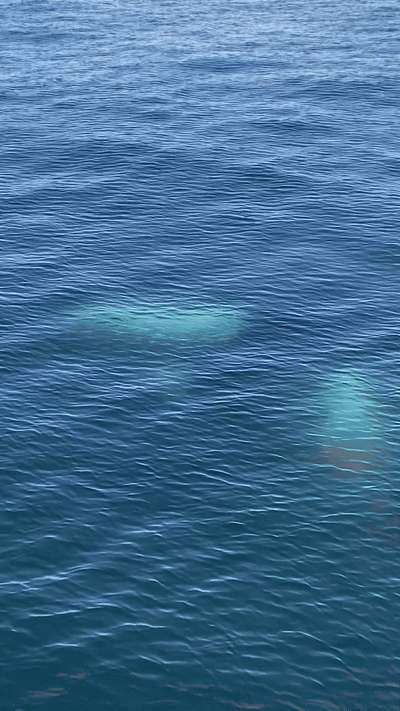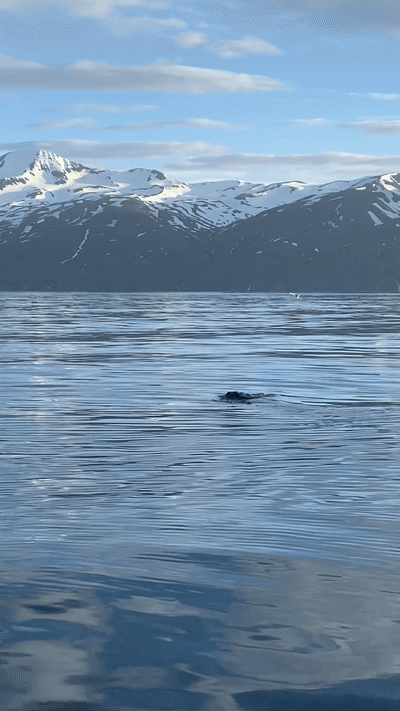
• The two tagged humpback whales appeared to allocate more time to resting compared to previously studied individuals in Greenland feeding grounds (Bejder et al., 2019).
• HW2 had a lower dive rate than HW1 throughout the tagging period. Ware et al. (2011) reported that humpback whales increase lunge frequency with dive depth to optimise foraging efficiency. HW1 displayed a similar pattern, while HW2 consistently performed fewer than two lunge feeding events across all dive depth categories.
• Difference in dive and feeding profiles could be attributed to prey availability, as HW2 might have prioritised resting over expending energy on foraging in a poor-quality prey patch (Goldbogen et al., 2008)
• The two individuals were tagged in different times and different locations which may have also influenced their differences, as feeding rates were found to vary depending on the period of the feeding season. Nichols et al. (2022) found that humpback whales in the Western Antarctic Peninsula fed at higher rates early in the season, with declines in rate and increases in depth over time. This aligns with the findings of the present study: HW2, tagged nearly two months after HW1, displayed a lower lunge feeding rate and deeper feeding dive depths in average.
• Shallower feeding dives at night were likely following the diel vertical migration of prey (Fleming et al., 2016)
• HW1 engaged in more resting dives at night and more feeding dives during the day, which contrasted with previous studies on diel variation in humpback whales which exhibited more feeding activity at night (Friedlaender et al., 2013)

References

Bejder, L., Videsen, S., Hermannsen, L., Simon, M., Hanf, D., & Madsen, P. T. (2019). Low energy expenditure and resting behaviour of humpback whale mother-calf pairs highlights conservation importance of sheltered breeding areas. Scientific Reports, 9(1), 771.
Fleming, A. H., Clark, C. T., Calambokidis, J., & Barlow, J. (2016). Humpback whale diets respond to variance in ocean climate and ecosystem conditions in the California Current. Global Change Biology, 22(3), 1214–1224.
Friedlaender, A., Tyson, R., Stimpert, A., Read, A., & Nowacek, D. (2013). Extreme diel variation in the feeding behavior of humpback whales along the western Antarctic Peninsula during autumn. Marine Ecology Progress Series, 494, 281–289.
Goldbogen, J. A., Calambokidis, J., Croll, D. A., Harvey, J. T., Newton, K. M., Oleson, E. M., Schorr, G., & Shadwick, R. E. (2008). Foraging behavior of humpback whales: Kinematic and respiratory patterns suggest a high cost for a lunge. Journal of Experimental Biology, 211(23), 3712–3719.
Nichols, R. C., Cade, D. E., Kahane-Rapport, S., Goldbogen, J., Stimpert, A., Nowacek, D., Read, A. J., Johnston, D. W., & Friedlaender, A. (2022). Intra-seasonal variation in feeding rates and diel foraging behaviour in a seasonally fasting mammal, the humpback whale. Royal Society Open Science, 9(7), 211674.
Ware, C., Friedlaender, A. S., & Nowacek, D. P. (2011). Shallow and deep lunge feeding of humpback whales in fjords of the West Antarctic Peninsula. Marine Mammal Science, 27(3), 587–605.